Last week Sony announced the latest updates to their lineup of RX cameras which utilize a small but powerful one-inch sensor. I had the opportunity to use the new RX10 IV for an afternoon of photographing action and a musical performance. Here are my initial thoughts from the experience.
As Apple has proven with the iPhone, it’s not about the size of a sensor that matters, it’s how one uses it. Inside the RX10 IV there’s a one-inch sensor, and to bring that into terms of 35mm, it’s a 2.7x crop factor. So we are talking small. Where I noticed the negative effects of the sensor size in my images from this camera is the out of focus qualities from a great depth of field, the color (with high ISOs not doing any favors), and the resolution of fine detail.
Even so, while these are where I noticed hits in image quality versus an APS-C or full-frame camera, I’m impressed by these very same things and the level at which they still perform at for being produced on a one-inch sensor. Also, it appears that sometimes I would get a shot with incredible fine detail definition, but other times I wouldn’t. Like any camera, there’s a learning curve and I would have loved more time to play with the camera to continue figuring out what works with it and what doesn’t. For these kinds of pre-release hands-on tests, I generally don’t have the typical get-to-know-you series of shooting, checking files on the computer, and shooting again with corrections from what I learned. It’s a one and done deal. One thing is certain however, Sony is up to something really good with the RX10 IV.
Backing out from the sensor level, the camera body itself is really on point. It’s lightweight for the 24-600mm effective focal range we’re getting out of it, and the handling feels secure and balanced. It fits more comfortably in my hand than the Sony interchangeable lens cameras such as the a9, a7R II, or a6500, and slightly better in the hand but going the opposite direction of “fullness” than the a99 II that I find too big.
There’s an adequate number of customizable buttons for me where I can store my most commonly needed settings, with the Function button being a fallback for those less common but still useful options. The RX10 IV also now has the My Menu panel inside the menu system, allowing for a user to create their own filtered down menu system that only includes what they want.
There’s no index finger scroll dial to be found on the camera where one would typically adjust the aperture, however because there is a physical aperture ring on the lens I don’t find it to be as jarring as the a6000 series. I use the rear thumb dial to adjust shutter speed, and then map the rear circular dial to ISO like I always do for Alpha-series cameras. All together, this creates a shooting experience that I don’t find burdensome or diluted.
Another place where more familiarity would be nice when using the camera is controlling everything on the lens. There’s three different control rings on the barrel, aperture, zoom, and focus, and they all butt right up against each other. As the day progressed, it became easier to sense where my hand was without looking, but this is something that an RX10 IV owner will have to get used to over time.
It’s not new to the RX10-series cameras, but I love having the focus hold button on the left side of the lens. It’s customizable in the settings menu, and for a back-button autofocus user like myself, it’s a good spot to throw AE-L as the AE-L button on the rear of the camera is now home to the custom mapped AF-On.
One control that needs work is the on/off switch found at the top of the camera. I think this toggle should be stiffer, or rather just redesigned altogether, to prevent accidental turn ons in a bag or turn offs while using the camera.
In use, I have a few observations to report. First, one can’t change the focal length while tracking a subject in continuous autofocus which was kind of a downer when photographing soccer players running up and down the field in an unpredictable (at least to me) manner. Second, boy were they smart to include SteadyShot Inside Image Stabilization in the camera. Holding steady at 600mm is not easy, and OIS makes a world of difference in what kind of shots one can get away with without extra support equipment. Third, silent shooting at 24 fps is awesome. Silent shooting at 24 fps while autofocus tracking is awesome-r. At the expense culling time in post, I can get great shots in focus even if the situation is totally unpredictable.

I took this photo as an example of the minimum focus distance at 24mm. That shadow is being created by the lens hood, and the needles are touching the front of the lens and still are very close to being in focus. This is to say, if the subject is in front of the lens at 24mm, it can achieve focus.
Personally, I’m satisfied with the results I got from the image files I shot during this one afternoon. The lens is made up of 18 elements, 6 being aspherical and 8 extra-low dispersion. This produces pretty impressive sharpness and clarity throughout the focal range of the lens. I don’t think the lens is a weak point in the RX10 IV, but rather it’s what happens once the light hits the sensor.
Note: I accidentally shot raw only while testing the camera. As there is no raw conversion software that has RX10 IV profiles yet, I used ExifTool to switch the raw files' profile to the RX10 III so that they could be read in Capture One Pro. I’m almost positive that this will not affect my results because of how closely related the cameras are, but just throwing that out there.
Compared to APS-C or full-frame cameras, the image files are much less forgiving. Owners will want to be careful not to stray too far away from getting it right in camera since messing with exposure levels in post is going to degrade image quality fast; I’d compare it to what you can get away with from raw iPhone photos.
High ISO images suffer from inaccurate, dull color once standard noise reduction is applied, but the noise characteristics itself is handled quite well actually. There’s a fine “grain” to it rather than overtly digital splotching, and I’m not bothered by it at all up to ISO 6,400 (of course this may depend on the subject and personal taste).
Video shooters should know that the RX10 IV is also capable of 29 minute long 4K 30 fps video, 1080p 60 fps, and Slow Motion HFR recording of 240, 480, and 960 fps. Check the numbers below for exact specs. Other video goodies include S-Log2 and S-Log3, Gamma Display Assist so you aren’t staring at a gray screen during S-Log capture, plus timecode, zebras, and focus peaking. There’s microphone in and headphone out connections behind the door on the left side, plus HDMI out for 4:2:2 uncompressed video to an external recorder.
RX10 IV Video Resolution
3840 x 2160p: 30 fps, 25 fps, 24 fps
1920 x 1080p: 60 fps, 50 fps, 30 fps, 25 fps, 24 fps
1920 x 1080i: 60 fps, 50 fps
1280 x 720p: 30 fps, 25 fps
1920 x 1080p: 240 fps, 480 fps, 960 fps
1824 x 1026p: 240 fps, 480 fps, 960 fps
1676 x 566p: 240 fps, 480 fps, 960 fps
1920 x 1080p: 250 fps, 500 fps, 1000 fps
1824 x 1026p: 250 fps, 500 fps, 1000 fps
1676 x 566p: 250 fps, 500 fps, 1000 fps
The Sony RX10 IV is priced at $1,698 and preorders will begin shipping to customers on October 17. Travel photographers who are constantly deciding what gear should go along or stay at home should really consider the RX10 IV a blessing. There’s a lot of camera in this body, and I’d wager that when it really comes down to it, a bit of sacrifice in the post-processing recoverability is well worth never having to leave a piece of gear behind when 3,000 miles away it turned out you needed it most of all.

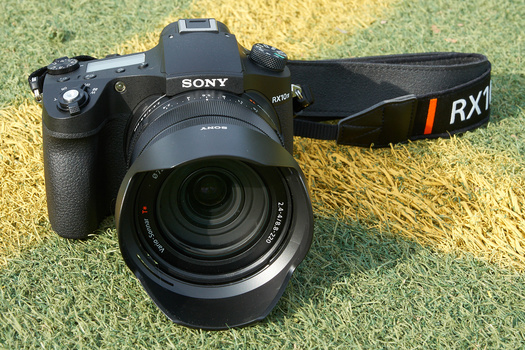
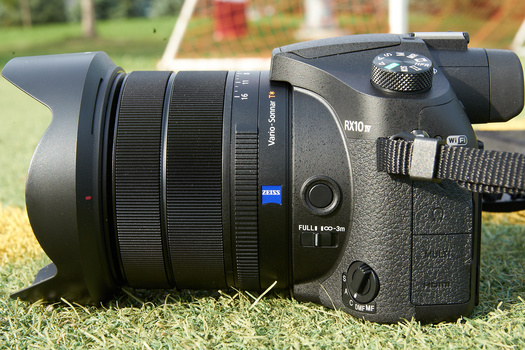


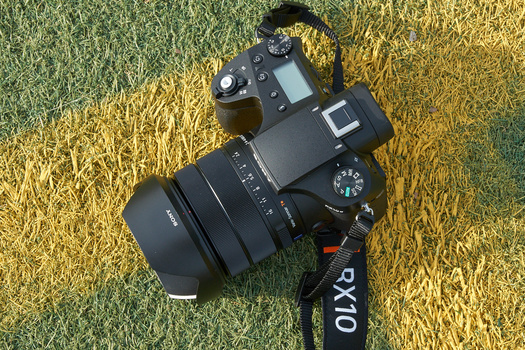







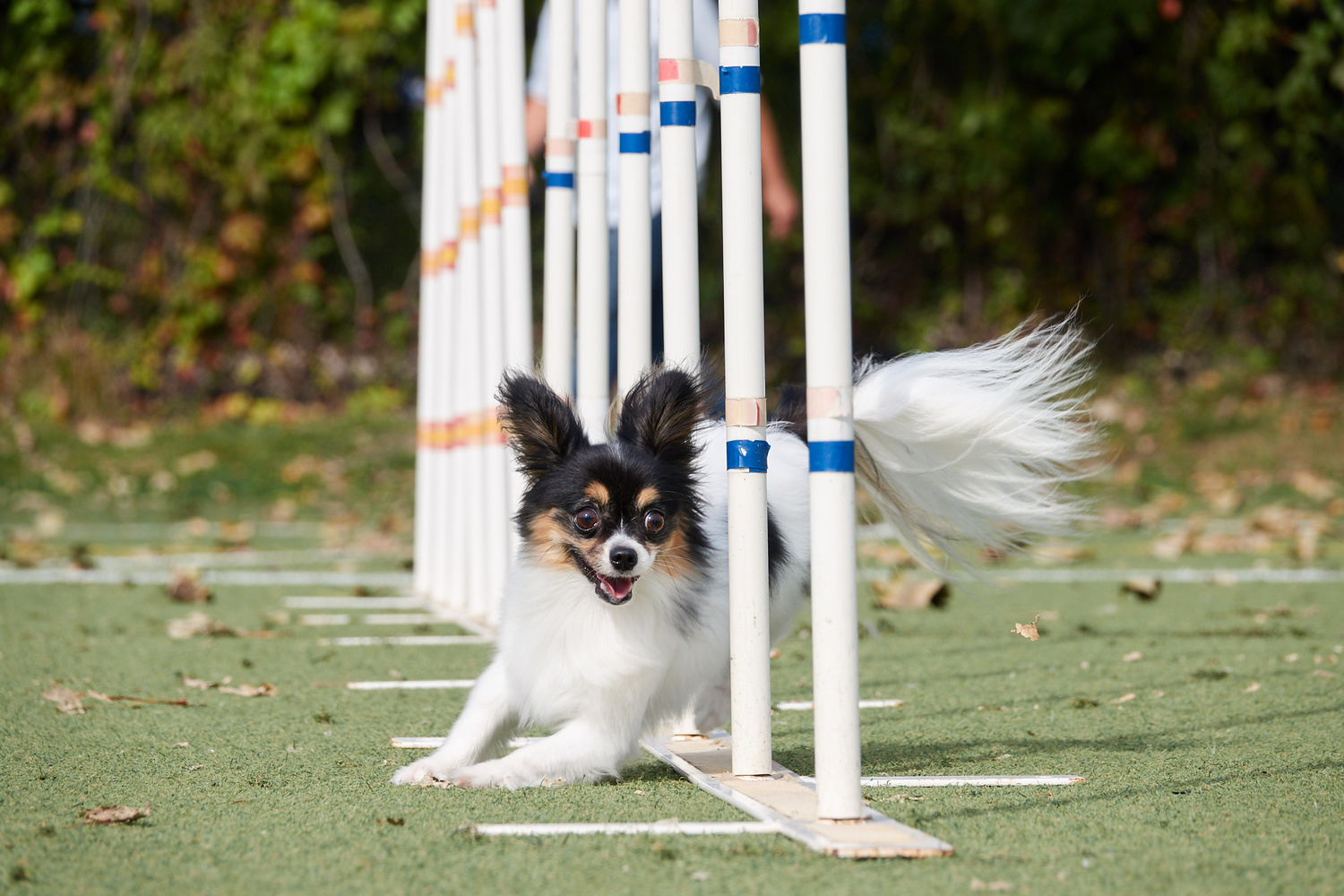

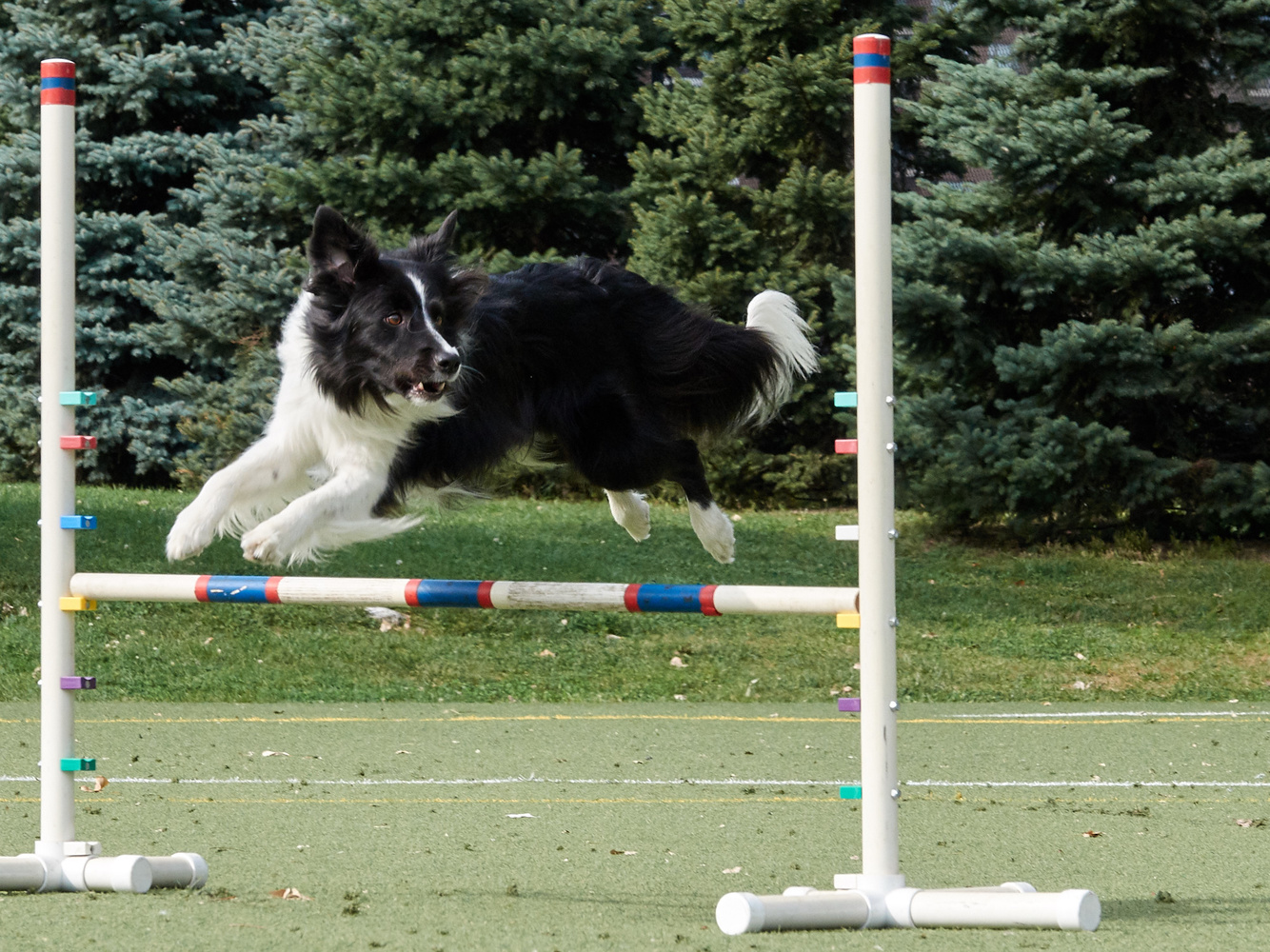

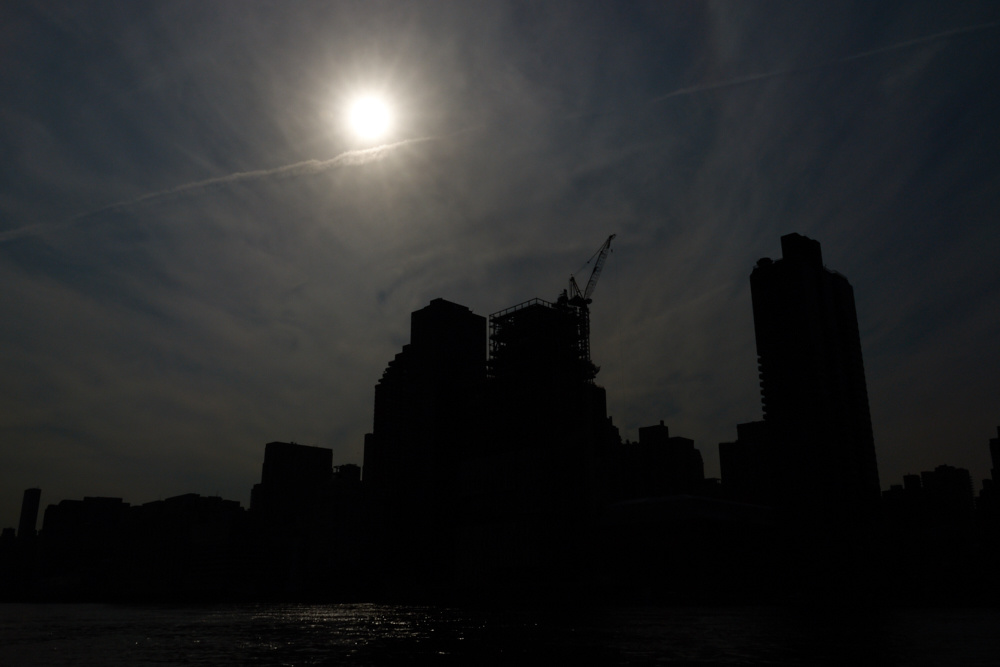













The RX10 III is a great camera. The RX10 IV is upgrading a winner!